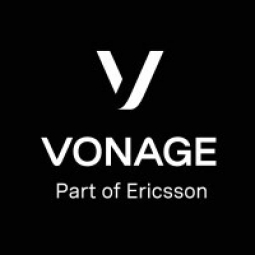Technology Category
- Application Infrastructure & Middleware - Data Exchange & Integration
- Application Infrastructure & Middleware - Middleware, SDKs & Libraries
Applicable Industries
- Agriculture
- Renewable Energy
Applicable Functions
- Maintenance
Use Cases
- Farm Monitoring & Precision Farming
- Onsite Human Safety Management
Services
- System Integration
About The Customer
Siemens is a global leader in the manufacturing, installation, commissioning, and service of wind turbines. The company has been experiencing a 30% growth in business and services over a thousand offshore turbines with 3.7GW of capacity. Siemens is expecting to have 8GW of capacity of Siemens turbines in operation by the end of 2020. The company operates in the UK and Ireland, which are the leading regions in the offshore wind market. Siemens needed a solution to support its rapidly growing business and chose Vonage Contact Center for its dedicated 24/7 call-handling needs.
The Challenge
Siemens, a global leader in the manufacturing, installation, commissioning, and service of wind turbines, was facing a challenge of supporting a rapidly growing business. The company was experiencing a 30% growth in business and was already servicing over 1,000 offshore turbines. With the expectation of greatly increased operations in the coming years, Siemens needed a new call center solution that could handle the increased volume of calls and provide efficient customer service.
The Solution
Siemens chose Vonage Contact Center as the backbone of its new Customer Support Center. The Vonage Contact Center was selected for its dedicated 24/7 call-handling needs. The system was able to handle calls effortlessly, regardless of where the over 30 Siemens contact center agents were located, whether in different offices, at a wind farm, or working from home on their company mobile. This allowed Siemens to create ‘virtual’ teams, providing the company with ultimate flexibility. Additionally, Siemens integrated Vonage Contact Center with Salesforce’s service cloud to provide an end-to-end solution for call-handling and case-management. The flexibility of the Vonage system allowed Siemens to consolidate its service offering in one dedicated building, aiming to bring all of the company’s wind power employees together to deliver coordinated planning and execution of all UK wind farm activities.
Operational Impact
Quantitative Benefit

Case Study missing?
Start adding your own!
Register with your work email and create a new case study profile for your business.
Related Case Studies.
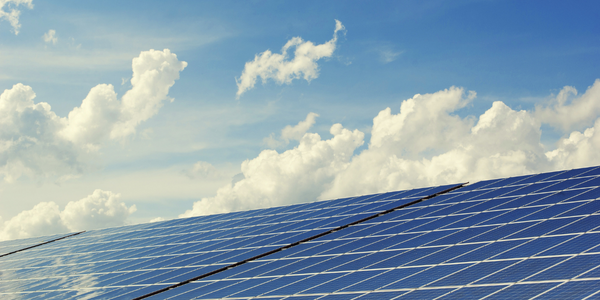
Case Study
Remote Monitoring & Predictive Maintenance App for a Solar Energy System
The maintenance & tracking of various modules was an overhead for the customer due to the huge labor costs involved. Being an advanced solar solutions provider, they wanted to ensure early detection of issues and provide the best-in-class customer experience. Hence they wanted to automate the whole process.
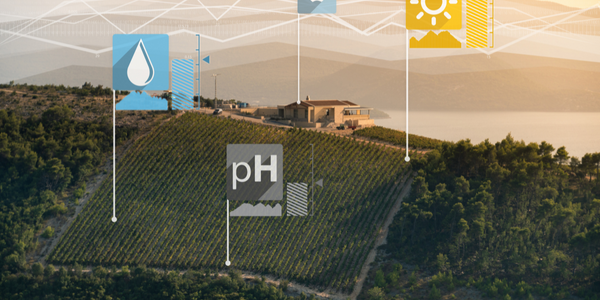
Case Study
Intelligent Farming with ThingWorx Analytics
Z Farms was facing three challenges: costly irrigation systems with water as a limited resource, narrow optimal ranges of soil moisture for growth with difficult maintenance and farm operators could not simply turn on irrigation systems like a faucet.
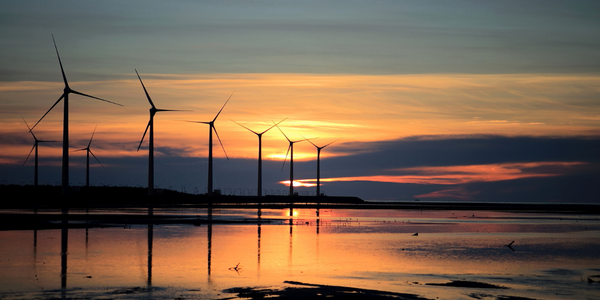
Case Study
Vestas: Turning Climate into Capital with Big Data
Making wind a reliable source of energy depends greatly on the placement of the wind turbines used to produce electricity. Turbulence is a significant factor as it strains turbine components, making them more likely to fail. Vestas wanted to pinpoint the optimal location for wind turbines to maximize power generation and reduce energy costs.
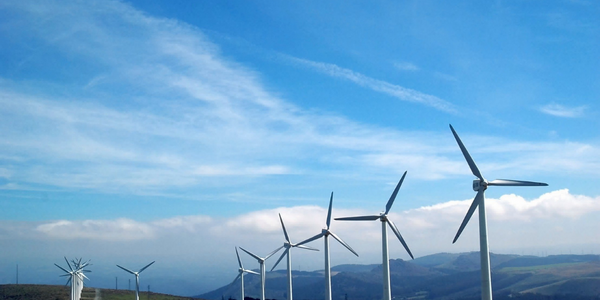
Case Study
Siemens Wind Power
Wind provides clean, renewable energy. The core concept is simple: wind turbines spin blades to generate power. However, today's systems are anything but simple. Modern wind turbines have blades that sweep a 120 meter circle, cost more than 1 million dollars and generate multiple megawatts of power. Each turbine may include up to 1,000 sensors and actuators – integrating strain gages, bearing monitors and power conditioning technology. The turbine can control blade speed and power generation by altering the blade pitch and power extraction. Controlling the turbine is a sophisticated job requiring many cooperating processors closing high-speed loops and implementing intelligent monitoring and optimization algorithms. But the real challenge is integrating these turbines so that they work together. A wind farm may include hundreds of turbines. They are often installed in difficult-to-access locations at sea. The farm must implement a fundamentally and truly distributed control system. Like all power systems, the goal of the farm is to match generation to load. A farm with hundreds of turbines must optimize that load by balancing the loading and generation across a wide geography. Wind, of course, is dynamic. Almost every picture of a wind farm shows a calm sea and a setting sun. But things get challenging when a storm goes through the wind farm. In a storm, the control system must decide how to take energy out of gusts to generate constant power. It must intelligently balance load across many turbines. And a critical consideration is the loading and potential damage to a half-billion-dollar installed asset. This is no environment for a slow or undependable control system. Reliability and performance are crucial.
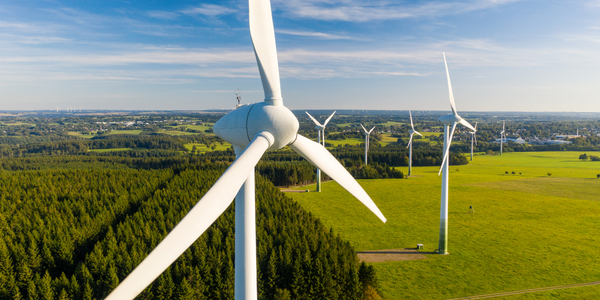
Case Study
Remote Monitoring and Control for a Windmill Generator
As concerns over global warming continue to grow, green technologies are becoming increasingly popular. Wind turbine companies provide an excellent alternative to burning fossil fuels by harnessing kinetic energy from the wind and converting it into electricity. A typical wind farm may include over 80 wind turbines so efficient and reliable networks to manage and control these installations are imperative. Each wind turbine includes a generator and a variety of serial components such as a water cooler, high voltage transformer, ultrasonic wind sensors, yaw gear, blade bearing, pitch cylinder, and hub controller. All of these components are controlled by a PLC and communicate with the ground host. Due to the total integration of these devices into an Ethernet network, one of our customers in the wind turbine industry needed a serial-to-Ethernet solution that can operate reliably for years without interruption.




